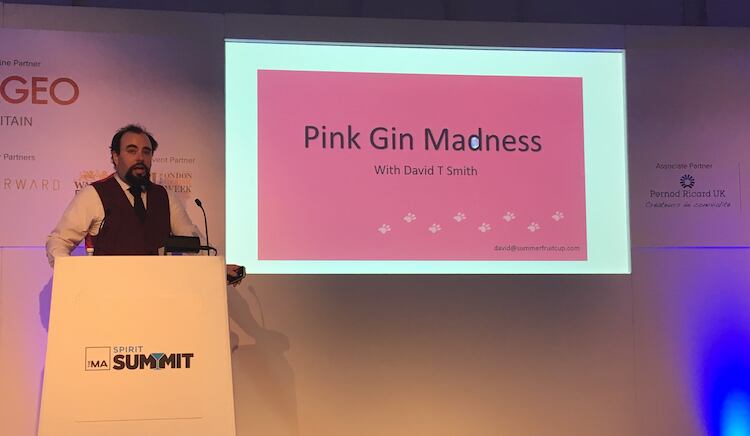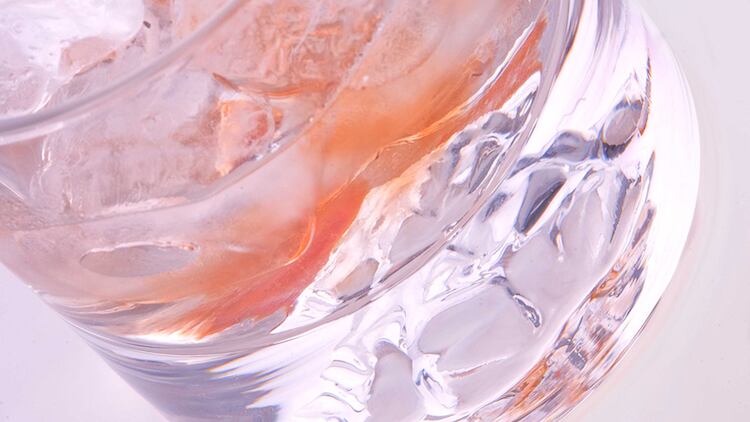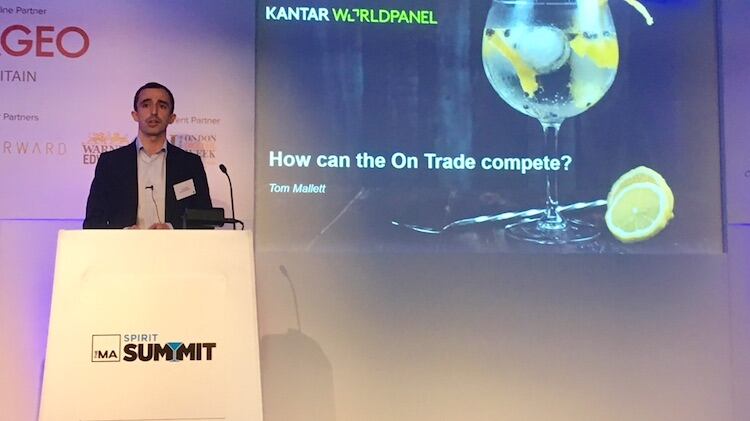Phil Montgomery of CGA highlights that pink gin currently accounts for 14% of total gin sales.
“Flavoured gin continues to go from strength to strength in the on-trade with no sign of slowing down,” he says.
“It is fast positioning itself as a staple of an outlet's gin offer and it’s clear to understand why with 54% of consumers who have purchased flavoured gin stating they do not drink gin generally, which means it can be a powerful recruitment tool [for people to get] into gin.
“With leading brands continue to ride the flavoured gin wave, the category appears to be here to stay.”

Where did it come from?
Giving a potted history of pink gin at The Morning Advertiser’s Spirit Summit, independent spirits writer, consultant and gin specialist David T Smith, highlights that the pink gins we see on the market at present are far removed from the original serve.
According to Smith, original pink gin was a combination of gin and angostura bitters before what Smith described as ‘other’ pink gins – flavoured with “things that were pink in colour”, including raspberry, cherry and strawberry.
Defined by colour, what used to be known as fruit gins – gins infused with fruit or a natural ingredient to flavour, colour and or sweeten – were particularly popular in the US after prohibition but had largely died out by the late 20th century, according to Smith.
Smith, highlights that a trend in Spanish pink gin led by gin premium Puerto de Indias from Seville – which was sold to HIG Capital in 2018 – was a phenomenon that transferred to the UK in a closer form to the pink gins we see on the market today.
Today's pink gin market
According to Smith, the pink gin market has exploded. There are at least 150 pink gins currently on the UK market compared to fewer than five in 2013.
“The thing that’s driving the growth of these is that they’re appealing to drinkers who weren’t previously attracted to gin,” Smith says.
“Consumers are sold as much on taste as appearance – it’s not even necessarily about the brand, it’s about the desire to drink ‘the pink one’.”
Smith also highlights the added potential for theatre as a strength of pink gins. He said: “It came over hand in hand with this Spanish-style gin and tonic whereby you’re selling theatre and something attractive. Having something coloured rather than clear is attractive to a wider audience. The theatre of seeing the gin change colour is part of the theatre.”
Potential weaknesses?
According to Smith, the pink gin craze is fuelled by the current fashionable nature of gin “there is a fashion nature to it – a cyclical trend. Pink gin is being driven by that”.
Smith also advises that given strong price competition within the pink gin market that new entrants will find the going very difficult.
However, he states that there is little sign of the trend stopping in the short to medium term given the room for innovation in flavours. He explained: “From a pink colour point of view, there are a lot of flavours and combinations of flavours to be explored.”
The Spirits Summit, now in its fifth year, was powered by The Morning Advertiser in association with sponsors Diageo, Pernod Ricard, Warner Edward, Slingsby Gin, Starward and London Cocktail Week




